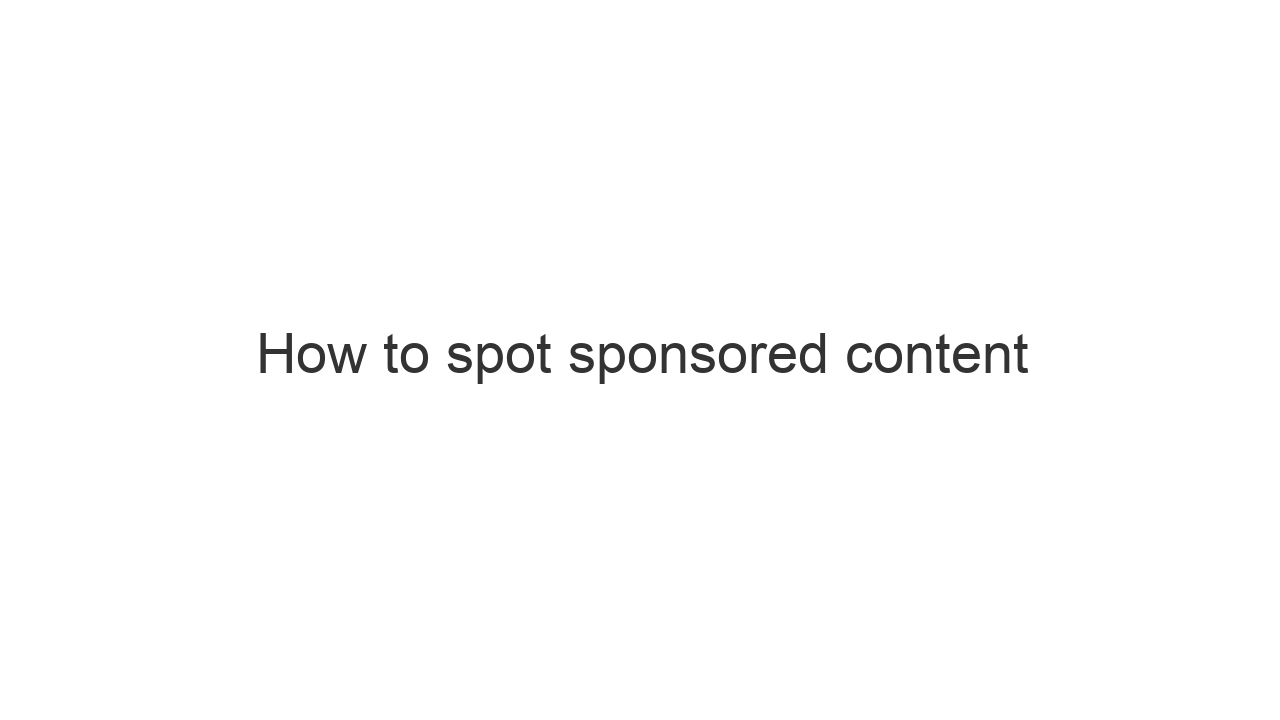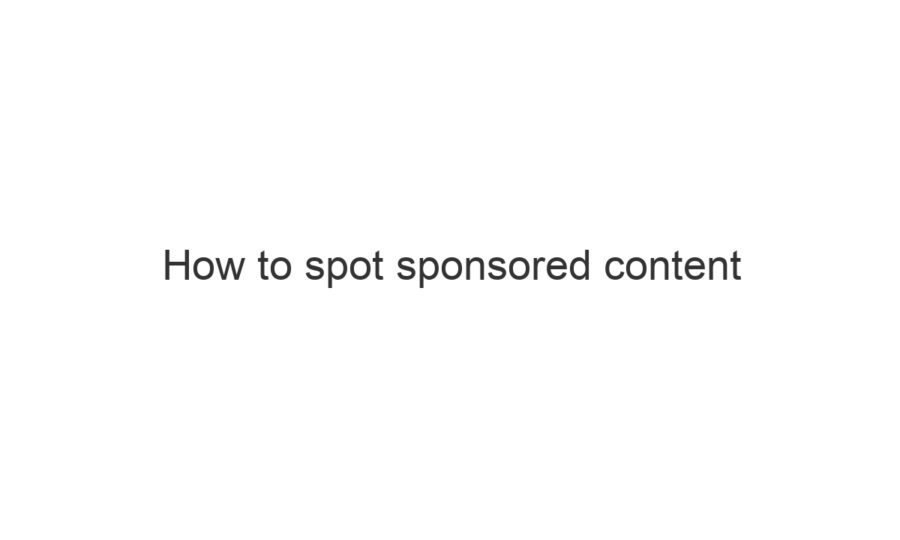They key to identifying sponsored content, is looking for the disclosure. Under FTC guidelines, sponsored content has to be obviously disclosed and identified by a reasonable person. That means any reasonable person should be able to spot sponsored content.
Things you can look for:
- In the header, you are looking for a logo or a paid for by.
- Pre-click, on a feed, near the headline should be a brand logo.
- A disclosure, saying one of these kind of phrases: paid for, sponsored content, paid content, custom content, sponsored by, native content, branded content. Created for <brand>.
- Most will specify the brand in an overt way.
These are all the giveaway signs that it is sponsored content. If you haven’t found one of these, it’s not likely to be sponsored content. These are the most common indicators that something is sponsored content.
Here is an example from NYTimes T Brand studio:
One of the signs that a piece of content is sponsored.Or another, see the logo, paid post disclosure and click to brand at the bottom.
Why is disclosure important?
It’s important that consumers know when something is an advertisement. For the brand, it’s in their interests to have brand recall associated with the content. Disclosure and labels are important for all involved.
Where is the best place to disclose it is paid content?
A Nudge study, showed that the disclosure has to be in the content, whether it’s in the title or the beginning of the content. As a users eye is naturally drawn to that part of the content. You can read more here: Which native ad disclosed itself best?
Repeating the disclosure can aid in brand metrics and and driving downstream funnel activity.

|
|---|

